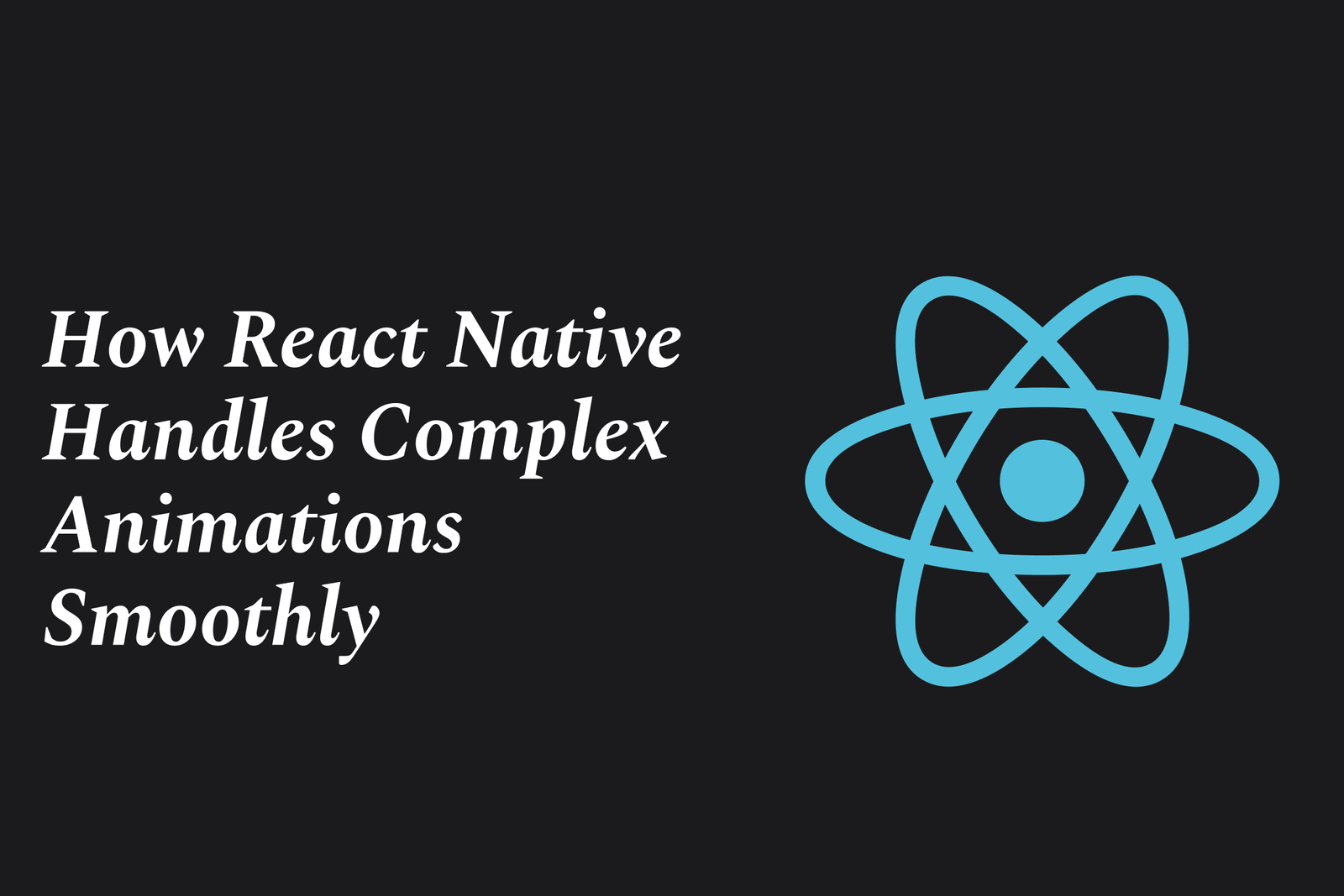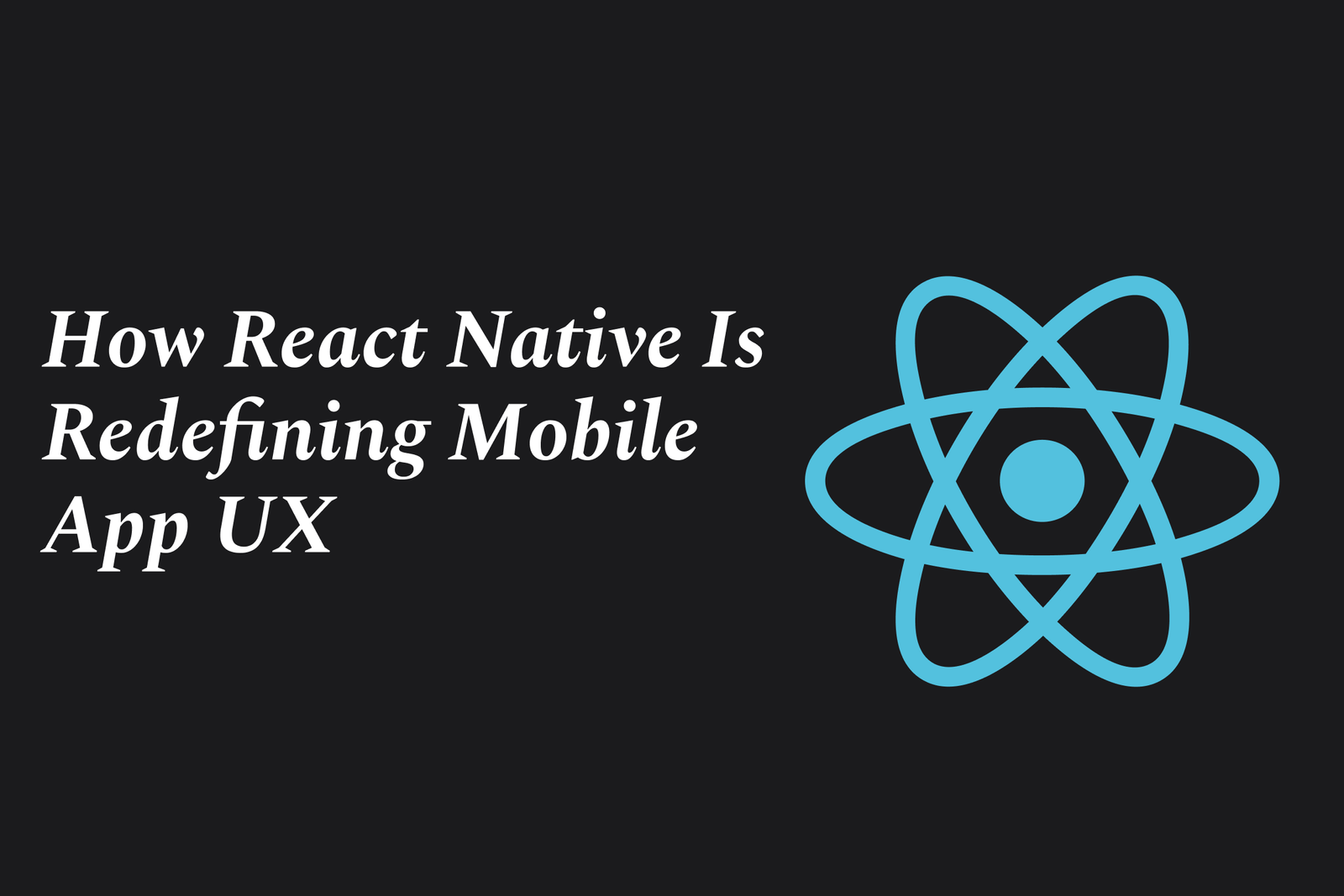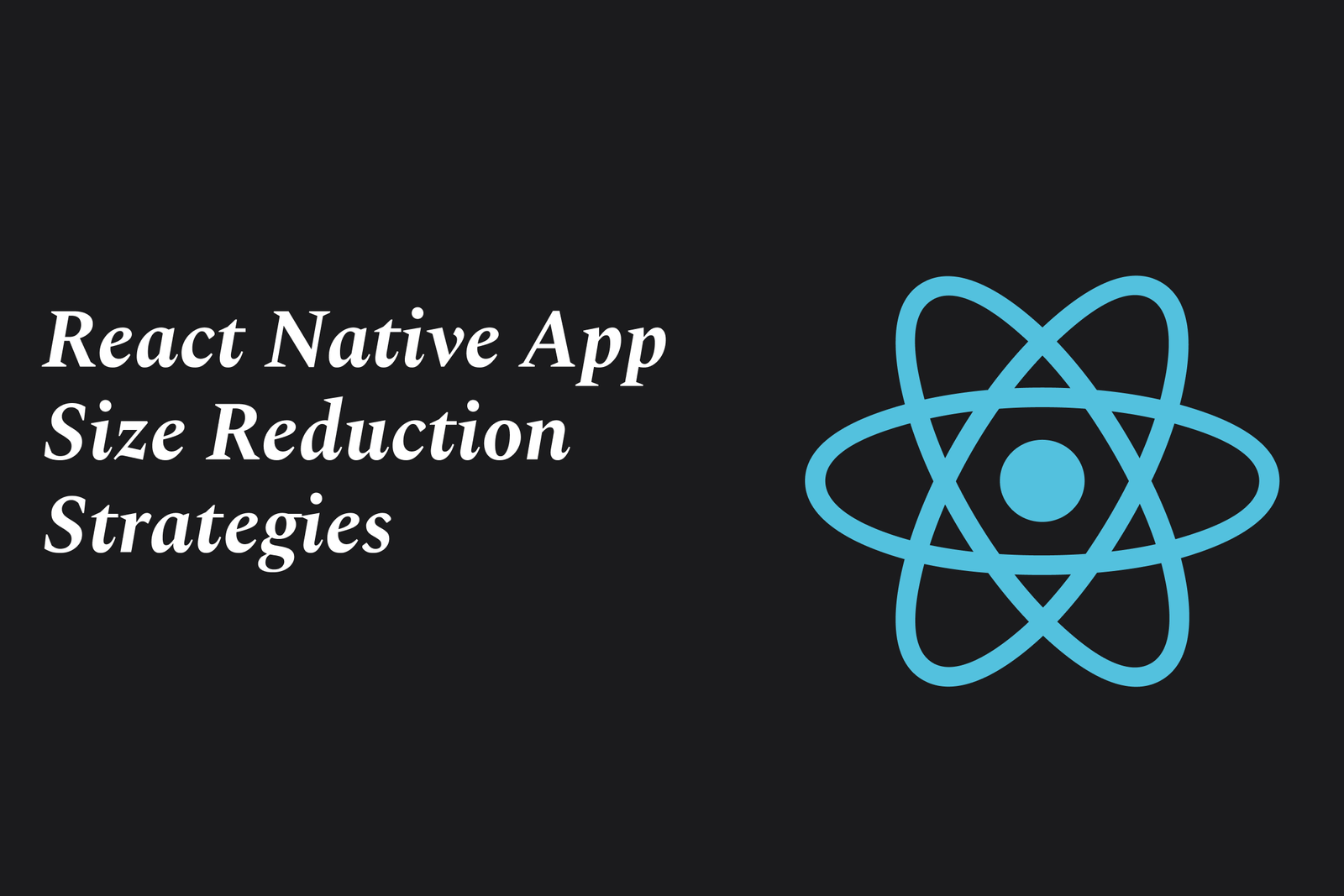React Native?S New Accessibility Widgets Rock
React Native’s new accessibility widgets simplify adding inclusive features by providing semantic components, enhanced focus management, and customizable properties. They ensure apps are more accessible, improving user experience for people with disabilities across iOS and Android seamlessly.
React Native’s New Accessibility Widgets Rock
1 ) Introduction to React Native’s Accessibility Enhancements
React Native has introduced a suite of new accessibility widgets aimed at significantly improving app accessibility. These widgets are designed to help developers create mobile applications that are usable by people with disabilities, enhancing inclusivity and compliance with accessibility standards.
2 ) Key Features of the Accessibility Widgets
Semantic UI Elements: The widgets provide semantic components that automatically convey the right information to assistive technologies such as screen readers.
Customizable Accessibility Properties: Developers can easily set or override accessibility labels, roles, and states to tailor experiences for diverse users.
Improved Focus Management: The new widgets offer better keyboard navigation and focus control, essential for users relying on assistive devices.
Support for Dynamic Content: Widgets dynamically update accessibility information to reflect changes in content, ensuring users receive relevant and current information.
3 ) Benefits for Developers
Simplified Implementation: These widgets abstract much of the complexity in handling accessibility, enabling developers to integrate accessibility features with minimal code.
Consistency Across Platforms: Accessibility behaviors are standardized whether users are on iOS or Android, minimizing platform discrepancies.
Enhanced Testing and Debugging: Tools provided alongside the widgets allow developers to test accessibility features effectively during development.
4 ) Impact on User Experience
Users with visual, motor, or cognitive impairments benefit from better navigable and comprehensible interfaces.
Accessibility improvements promote smoother interaction with apps, leading to broader user engagement.
5 ) Community and Future Prospects
The React Native community has praised these developments, highlighting their potential to set new standards in mobile app accessibility.
Future updates are expected to expand widget capabilities and further integrate accessibility into the React Native ecosystem.
Conclusion
React Native’s new accessibility widgets represent a major step forward in making mobile apps inclusive. By offering robust, easy to use components that improve accessibility out of the box, React Native empowers developers to build apps that serve all users effectively, truly making the platform’s accessibility features rock.
https://justacademy.in/news-detail/flutter-4-migration-guide-for-teams
https://justacademy.in/news-detail/flutter-game-development-is-gaining-momentum
https://justacademy.in/news-detail/freelancing-with-flutter-in-2025
https://justacademy.in/news-detail/android-update-rollout-delays-and-reasons
https://justacademy.in/news-detail/android-auto-updates-and-new-features
Related Posts
React Native’s latest updates bring a new architecture, improved performance with Hermes engine, better debugging tools, enhanced styling, and seamless native integrations—making cross-platform app development faster, smoother, and more reliable than ever, enticing developers to switch back.
The React Native Expo SDK roadmap for 2025 focuses on enhancing cross-platform app development with improved native code integration, faster deployment, advanced testing, and seamless collaboration—empowering developers to build high-performance, production-ready apps efficiently.
React Native’s developer experience sees a major boost with its new architecture, enabling smoother UI rendering, synchronous layout updates, and support for React 18 features. These improvements enhance performance, simplify development, and future-proof mobile app creation.
React Native’s upcoming features focus on a new default architecture for improved performance, enhanced debugging tools, better TypeScript support, and expanded platform compatibility. Frameworks like Expo streamline development with automated builds and live updates, making cross-platform app creation faster and easier.
React Native enables cross-platform native apps using JavaScript and React, while WebAssembly offers near-native performance for running code in any environment. Together, they represent the next frontier for building fast, portable, and secure apps across mobile and web platforms.
React Native’s new code splitting techniques optimize app performance by loading JavaScript code only when needed. Using Hermes bytecode, lazy-loaded components, inline requires, and platform-specific modules reduces startup time and memory usage for smoother, faster apps.
React Native is gaining traction in emerging markets due to its ability to build efficient, cross-platform mobile apps with a single codebase, reducing costs and development time. Its strong community support and performance make it ideal for fast-growing, mobile-first regions.
React Native developer salaries are rising due to high demand for cross-platform mobile apps, limited skilled talent, and its efficiency in reducing development time. As businesses prioritize faster launches and cost-effective solutions, skilled React Native developers command higher pay.
React Native enables building native mobile apps using JavaScript and React, while Expo enhances this by offering a powerful framework with tools, libraries, and services that simplify development, testing, and deployment—making their partnership efficient and developer-friendly.
React Native app size reduction strategies involve optimizing code, assets, and dependencies to minimize the app’s binary and bundle size. Techniques include enabling Hermes, using Proguard, compressing images, removing unused assets, and leveraging Android App Bundles for efficient delivery.










